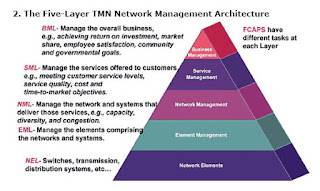Few great UNIX commands & useful links
Following are the some advanced UNIX commands which i found very useful. DNS (Domain Name Service) host string Perform forward or reverse lookup on string dig @nameserver string Lookup string's host info from nameserver System Hardware Information grep -i memtotal /proc/meminfo Find total amount of RAM in the system dmidecode -q Display DMI/SMBIOS information cat /proc/cpuinfo Display CPU information egrep '(vmx|svm)' /proc/cpuinfo See if a processor supports hardware virtualization lspci -tv Display PCI information lsusb -tv Display USB information hdparm -i /dev/sda Display disk information for sda Quick HTML Editing Site Wide find . -type f -print -exec sed -i -e 's|X|Y|g' {} \; Replace all X's with Y's in all files this directory and below. perl -pi -w -e 's/X/Y/g;' *.txt Replace all X's with Y's in all files ending with *.txt find -name '*' | xargs grep 'string' Print filename and all lines containing ...
